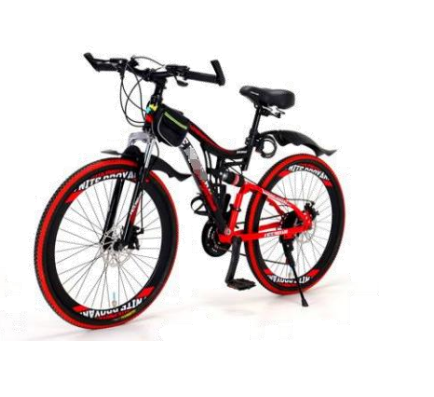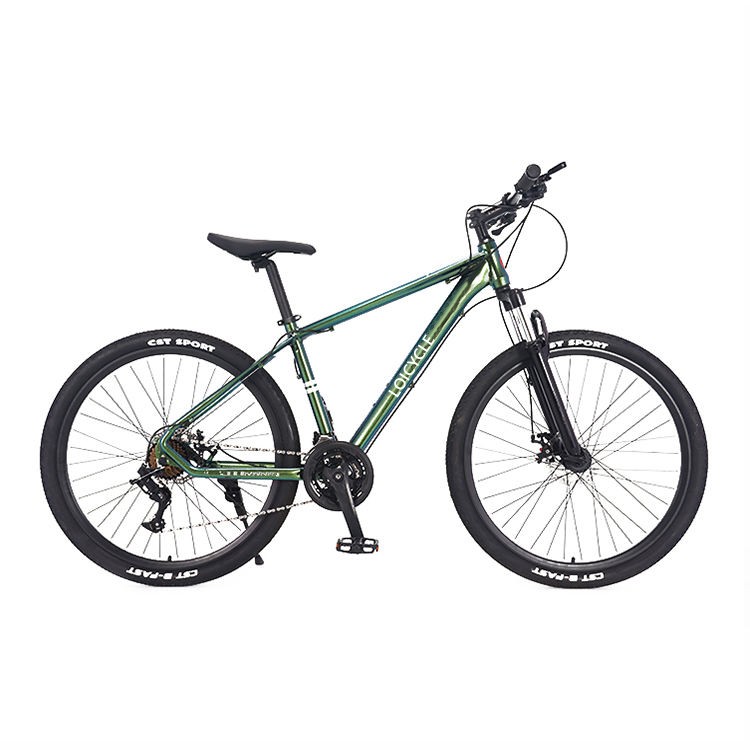Fixed-gear bicycles, commonly known as fixies, have gained popularity among urban cyclists for their simplicity, efficiency, and minimalist design. However, concerns about their safety persist. In this article, we will delve into the safety aspects of fixie bikes, dispelling myths and exploring the measures riders can take to ensure a safe cycling experience.
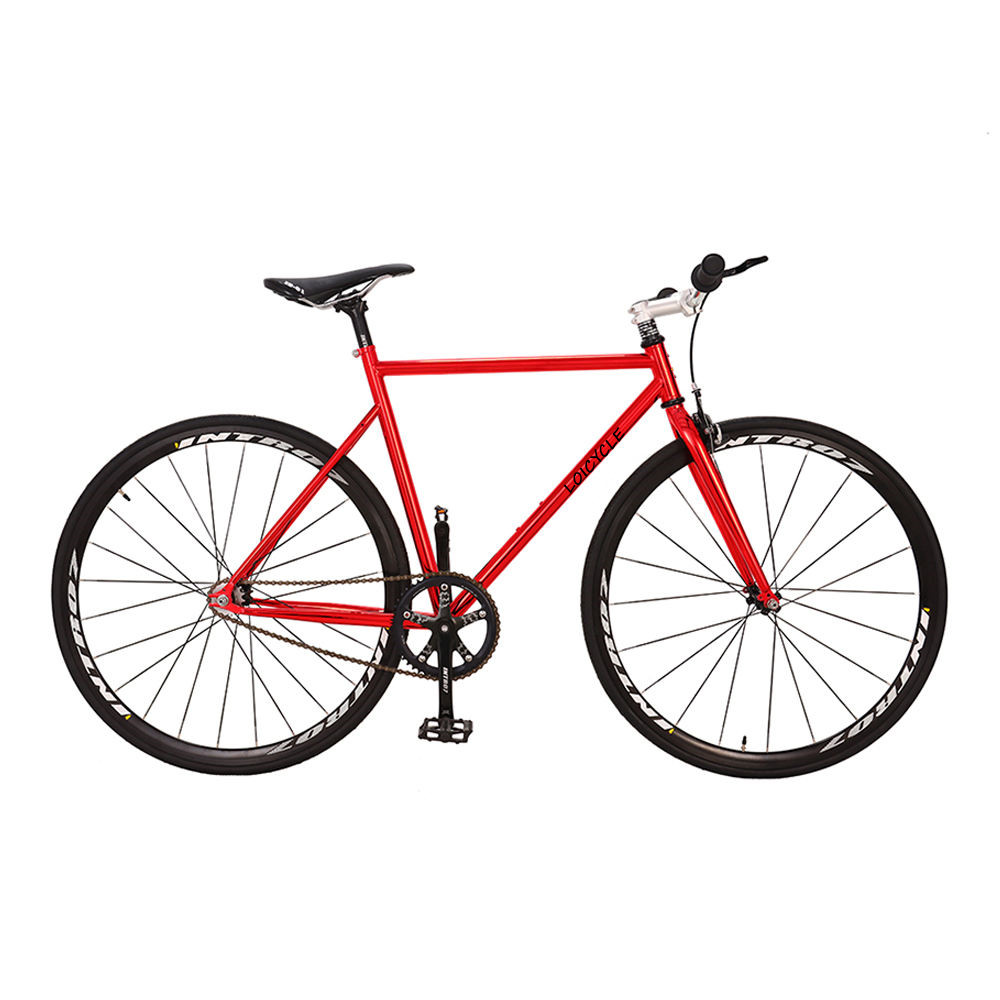
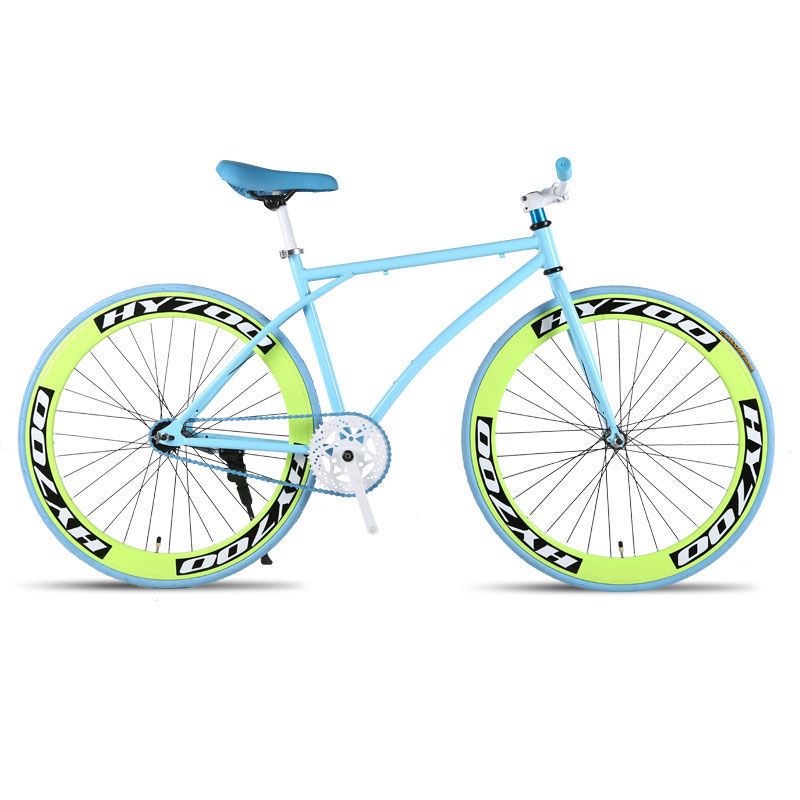
Myth: Lack of Brakes Makes Fixies Unsafe
One of the common misconceptions surrounding fixie bikes is the idea that they lack brakes. While traditional fixed-gear bikes may have a single fixed gear with no freewheel mechanism, many modern fixies are equipped with brakes. Responsible riders often add front and rear brakes to enhance control and comply with local regulations. Properly functioning brakes are crucial for navigating traffic and handling different terrains safely.
Control and Maneuverability
Riding a fixie requires a higher level of skill and attention compared to other types of bicycles. The direct connection between the pedals and the wheel means that the bike responds immediately to pedaling and braking inputs. This can be an advantage in terms of control and maneuverability, especially in urban environments. However, it also demands a heightened awareness of the road and surroundings.
Understanding the Fixed Gear Mechanism
The fixed gear mechanism can contribute to a smoother and more efficient cycling experience. With no freewheel, riders must continuously pedal, promoting a more connected and engaged cycling style. This can enhance the sense of control and responsiveness, but it also means riders should be mindful of their pedal strokes and be prepared for a different riding experience compared to bikes with freewheels.
Safety Precautions for Fixie Riders
To maximize safety while riding a fixie, cyclists should consider the following precautions:
Brake Installation: Ensure that your fixie is equipped with reliable front and rear brakes. Regularly check and maintain their functionality.
Skill Development: Practice riding in controlled environments before tackling busy streets. Develop skills such as skidding and backpedaling for effective speed control.
Visibility and Communication: Use lights, reflectors, and signals to communicate your intentions to other road users. Enhance visibility, especially during low-light conditions.
Proper Maintenance: Regularly inspect your fixie for wear and tear. Check the chain tension, tire pressure, and overall bike condition to prevent mechanical failures.
Conclusion:
As long as you keep the brakes in place, a fixie is no more dangerous than any other bike.
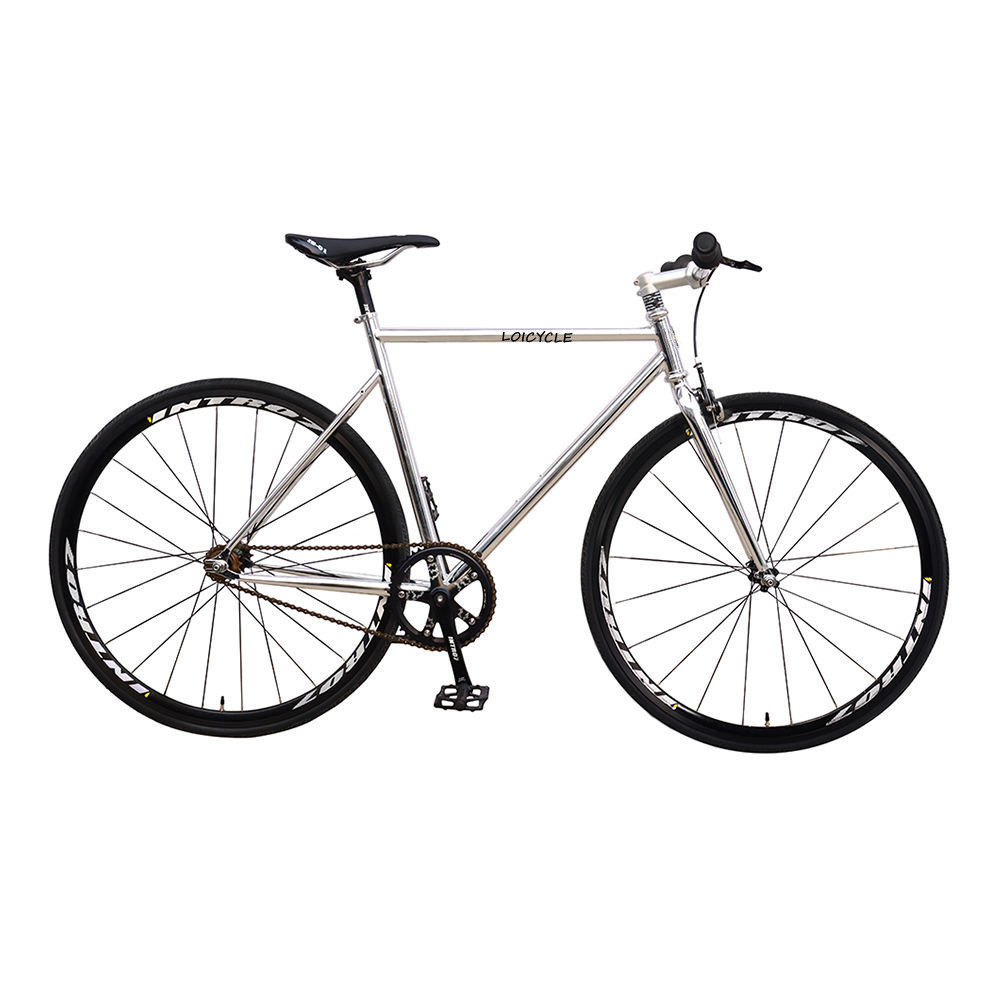
We hope you found this guide helpful and informative. At Loicycle, our goal is to produce high-quality high-performance bicycles. To learn more about the high-performance, custom-sized folding bikes、road bikes、fixie bikes、mountain bikes we build, visit our homepage! https://www.loicycle.com
Add Your Heading Text Here
Are fixie bikes safe?
Lorem ipsum dolor sat amet,consectetur adipiscing elit。Ut elittellus,luctus nec ullamcorper mattis,pulvinar dapibus leo。

